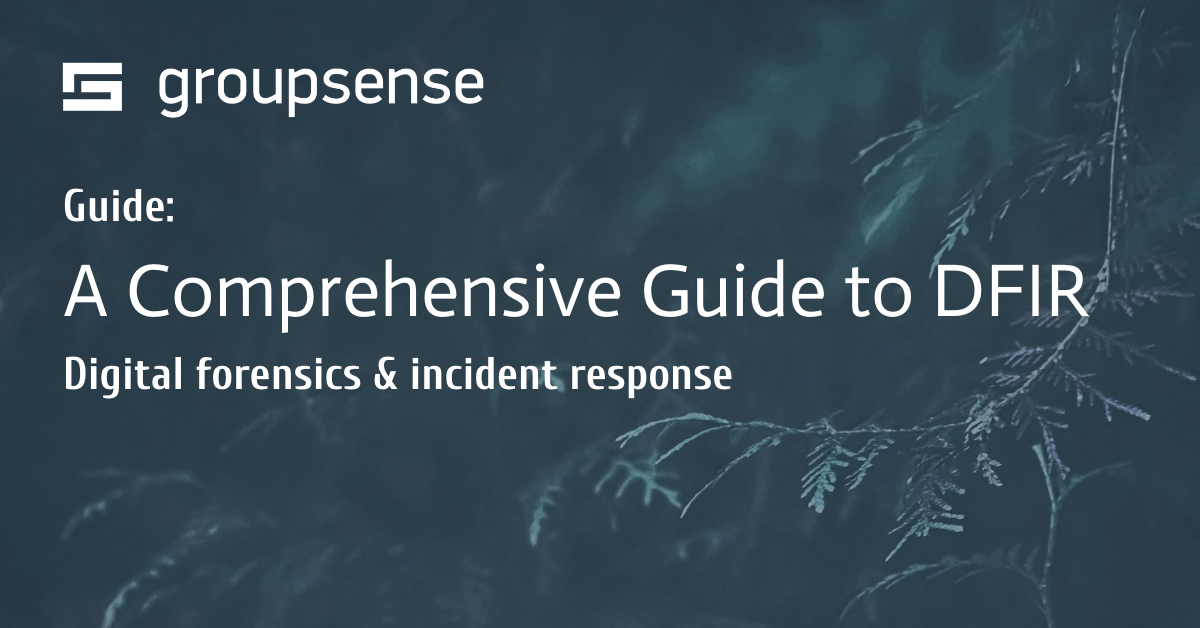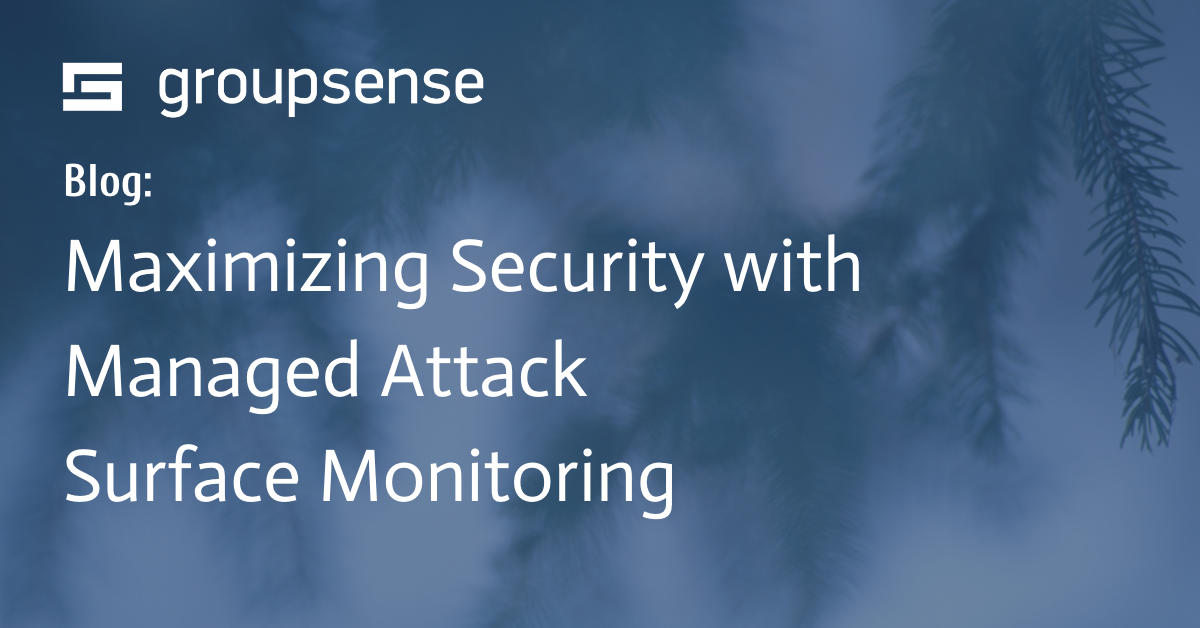In the world of cybersecurity, data feeds and threat intelligence are two terms that are often used interchangeably but are actually quite different. Both are important tools for staying ahead of potential cyber attacks, but they have different strengths and use cases. In this article, we will explore the differences between the two, and help you to choose the right solution for your needs.
What are data feeds?
Data feeds are an essential component of modern cybersecurity. They provide security teams with a wealth of information about potential threats, allowing them to stay one step ahead of cybercriminals. In this section, we'll take a closer look at what data feeds are, how they work, and why they are so important.
At their most basic level, data feeds are large sets of raw data that are collected by a security vendor from a variety of sources. These sources can include honeypots, sensors, and malware analysis platforms. The data sets can include indicators of compromise (IOCs), such as IP addresses, URLs, and file hashes. This information is then processed and packaged into a feed that is designed to be consumed by security tools.
One of the primary benefits of data feeds is that they provide security teams with a broad view of potential threats. By analyzing the data contained within these feeds, security professionals can gain a better understanding of the tactics, techniques, and procedures (TTPs) used by cybercriminals. This information can then be used to develop more effective security strategies.
However, it's important to note that data feeds are typically focused on providing a broad view of potential threats without much context. They are often used as a first line of defense for threat detection and are best suited for large organizations with the resources to process and analyze the data on their own.
Despite these limitations, data feeds remain an essential component of modern cybersecurity. They provide security teams with a wealth of information that can be used to stay ahead of cybercriminals and protect sensitive data. As the threat landscape continues to evolve, it's likely that data feeds will become even more important in the years to come.
What is threat intelligence?
Threat intelligence is a critical component of any organization's cybersecurity strategy. It involves the gathering and analysis of information about potential cyber threats, with the goal of identifying and mitigating risks before they can cause harm.
While traditional cybersecurity measures like firewalls and antivirus software are important, they can only go so far in protecting against the constantly evolving threat landscape. Threat intelligence provides a more targeted approach to cybersecurity, allowing organizations to stay one step ahead of attackers.
One of the key benefits of threat intelligence is that it provides a more complete picture of potential threats. Instead of simply relying on data feeds, threat intelligence involves collecting information from a variety of sources, including the dark web, social media, and even human intelligence. This allows security teams to gain a deeper understanding of the tactics, techniques, and procedures used by attackers, as well as their motivations and goals.
For example, threat intelligence may reveal that a particular group of hackers is targeting organizations in a specific industry or geographic region. Armed with this knowledge, security teams can take proactive measures to protect their organization, such as implementing additional security controls or conducting targeted employee training.
Threat intelligence is also invaluable for incident response. In the event of a cyber attack, threat intelligence can help security teams quickly identify the source of the attack, as well as the specific tactics and tools used by the attacker. This information can then be used to contain the attack and prevent future incidents.
In summary, threat intelligence is a critical tool for organizations looking to stay ahead of the ever-evolving cyber threat landscape. By providing a more complete picture of potential threats, threat intelligence allows security teams to take proactive measures to protect their organizations and respond quickly in the event of an attack.
Differences between data feeds and threat intelligence
When it comes to data feeds, there are a few things to keep in mind. While they offer a broad view of potential threats, they may not always provide the specific details needed to truly understand the scope of an attack. For example, a data feed may alert you to the fact that a certain IP address has been associated with malicious activity, but it may not give you the full picture of what that activity entails. Without that additional context, it can be difficult to determine what steps to take to mitigate the threat.
Threat intelligence, on the other hand, provides a much more detailed view of potential threats. This can include information such as the tactics and techniques being used by attackers, the specific vulnerabilities they are targeting, and even the motivations behind their actions. Armed with this level of detail, security teams can take more targeted action to prevent or mitigate an attack.
Another key advantage of threat intelligence is the level of customization it offers. While data feeds are typically designed to be consumed as-is, threat intelligence can be tailored to specific industry verticals, geographies, or even individual organizations. This allows security teams to focus on the threats that are most relevant to their particular environment, rather than having to sift through a broad range of potential issues. It's worth noting that both data feeds and threat intelligence have their place in a comprehensive security strategy.
Data feeds can be a useful tool for identifying potential threats and staying up-to-date on the latest trends in the threat landscape. Threat intelligence, on the other hand, provides a more in-depth view of specific threats and can help organizations take more targeted action to protect themselves. By combining these two approaches, organizations can create a more robust
security posture that is better able to defend against a wide range of potential threats.
Choosing the right solution
When it comes to choosing between data feeds and threat intelligence, there is no one-size-fits-all solution. It ultimately depends on the specific needs of your organization, the size of your security team, and the resources available to you.
One important factor to consider is the type of threats your organization is most likely to face. If you operate in a highly regulated industry, such as finance or healthcare, you may be more concerned with compliance and protecting sensitive data than with preventing cyber attacks. In this case, a data feed that provides real-time information on regulatory changes and industry trends may be more useful than threat intelligence.
On the other hand, if your organization is a high-profile target for cyber criminals, such as a government agency or a large corporation, threat intelligence may be the better option. Threat intelligence can provide detailed information on the tactics, techniques, and procedures (TTPs) used by specific threat actors, allowing your security team to take proactive measures to prevent attacks.
Another factor to consider is the size and expertise of your security team. If you have a large team with extensive experience in threat analysis, data feeds may be a valuable tool for identifying potential threats and taking proactive action. However, if you have a small team with limited resources, threat intelligence may be a better option, as it provides a more targeted approach to threat detection without requiring as much manual analysis.
Ultimately, the key to choosing the right solution is to carefully evaluate your organization's specific needs and resources, and to work with a trusted security provider who can help you navigate the complex landscape of threat intelligence and data feeds.
What threat intelligence can do that data feeds can't
Threat intelligence and data feeds are both important tools in the realm of cybersecurity, but threat intelligence offers capabilities that data feeds cannot match.
One of the key advantages of threat intelligence is its ability to provide in-depth, targeted information about specific threats. This includes detailed analysis of the tactics, techniques, and procedures used by threat actors, as well as their motivations and capabilities. This level of detail enables security teams to make informed decisions about how best to defend against specific threats, including identifying vulnerabilities in their own systems that could be exploited by attackers.
Threat intelligence also provides context around specific threats, including the organizations and industries that are most likely to be targeted. This information can help organizations prioritize their security efforts, ensuring that they are allocating resources where they are needed most.
Another advantage of threat intelligence is its ability to provide strategic insights into the broader threat landscape. By analyzing a wide range of data sources, including open-source intelligence, dark web activity, and social media, threat intelligence analysts can identify emerging threats before they become widespread. This enables organizations to stay ahead of the curve when it comes to cybersecurity, proactively implementing measures to prevent attacks rather than simply responding after the fact.
Overall, while data feeds offer important capabilities in identifying trends and patterns in potential threats, threat intelligence provides a level of depth, context, and strategic insight that is unmatched. By leveraging threat intelligence, organizations can better understand the threats they face and develop more effective security strategies to protect themselves.
Learn how to use the intelligence cycle to protect your organization in our guide.
Conclusion
Both data feeds and threat intelligence are important tools for staying ahead of potential cyber threats, but they have different strengths and use cases. While data feeds provide a broad view of potential threats, threat intelligence offers a more targeted approach with deeper context and customization options. When choosing between the two, it's important to consider the specific needs of your organization and the resources available to you.





